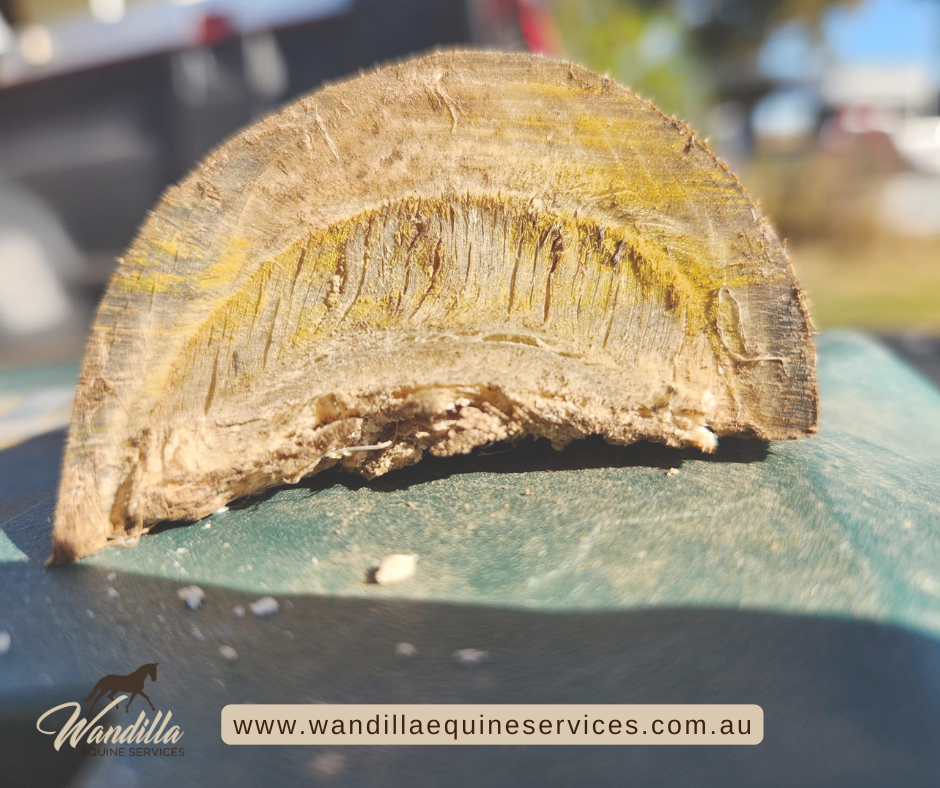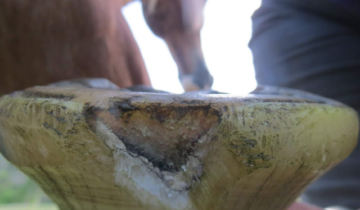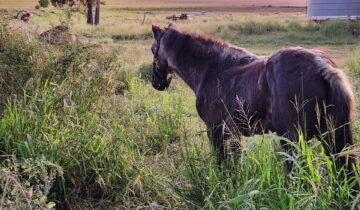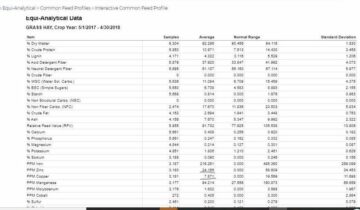Laminitis is often a symptom of mechanical issues, systemic problems, or, most commonly, endocrine disorders such as PPID (e.g., Cushing’s Disease) or EMS (i.e., Insulin Resistance). You’ll often hear me say that laminitis is a symptom of a trigger in the horse, with most cases being related to endocrine disorders.
Endocrine disorders, such as Equine Metabolic Syndrome (EMS), are metabolic conditions rooted in carbohydrate intolerance, particularly insulin resistance. My studies with Dr. Eleanor Kellon taught me that genetics plays a major role in these conditions.
As we all know, some horses and ponies are more tolerant of carbohydrates than others. However, in an insulin-resistant (IR) horse, prolonged ingestion of high-carb feeds (simple sugars and starch, not fructans) can lead to elevated insulin levels over time, which can cause laminitis as a secondary effect.
Reducing carbohydrates to below 10% (with starch being less than 4%)—or even lower for metabolically affected horses—can significantly reduce the risk of endocrine-induced laminitis. One of the best ways to combat insulin resistance is through exercise. Exercise, for horses as well as humans, builds muscle and burns glycogen and fat. So, let’s get moving and build that muscle!
In terms of non-dietary causes, mechanical issues such as lack of proper trimming, and contralateral laminitis—where a horse compensates for an injury by overloading the opposite limb—are also contributing factors.
Other causes include retained placenta in mares, endotoxemia, or hindgut acidosis (such as when a horse gets into the grain bin).
As you can see, without these underlying conditions, laminitis cannot occur. And it can be prevented. And in cases where it hasn’t been prevented, we can help our equine friends manage the symptoms of the disease
Esteemed professionals, such as Dr. Kellon, have conducted extensive studies on laminitis prevention. Here are a few crucial insights into keeping our horses healthy and laminitis-free:
- A Balanced Diet: Proper nutrition plays a vital role in preventing laminitis. For any equine, maintaining a balanced diet is crucial. For those at high risk of PPID and EMS, it’s especially important to avoid excessive sugar and starch intake. Providing a diet rich in high-quality forage and low in non-structural carbohydrates can significantly reduce the risk of laminitis.
- Controlled Grazing: Grazing on lush pastures can expose at-risk equines to a high sugar load, increasing the risk of laminitis. Implement controlled grazing practices, such as using grazing muzzles or restricting pasture access during high-risk periods, to limit sugar intake and promote a healthier metabolic profile.
- Regular Exercise: Exercise not only keeps our horses fit and healthy but also helps prevent laminitis. Dr. Kellon emphasizes the importance of regular exercise in maintaining an optimum body condition score, improving insulin sensitivity, and reducing the risk of laminitis in susceptible horses.
Understanding the underlying causes of laminitis is key. By focusing on a balanced diet, controlled grazing, and regular exercise, we can greatly reduce the risk of this debilitating condition. Prevention is always best, but even if laminitis has already occurred, there are steps we can take to manage laminitis and improve our horses’ quality of life. By staying informed and proactive, we can help our equine companions lead healthier, happier lives free from the pain of laminitis. Knowledge is power!




 No products in the cart.
No products in the cart.